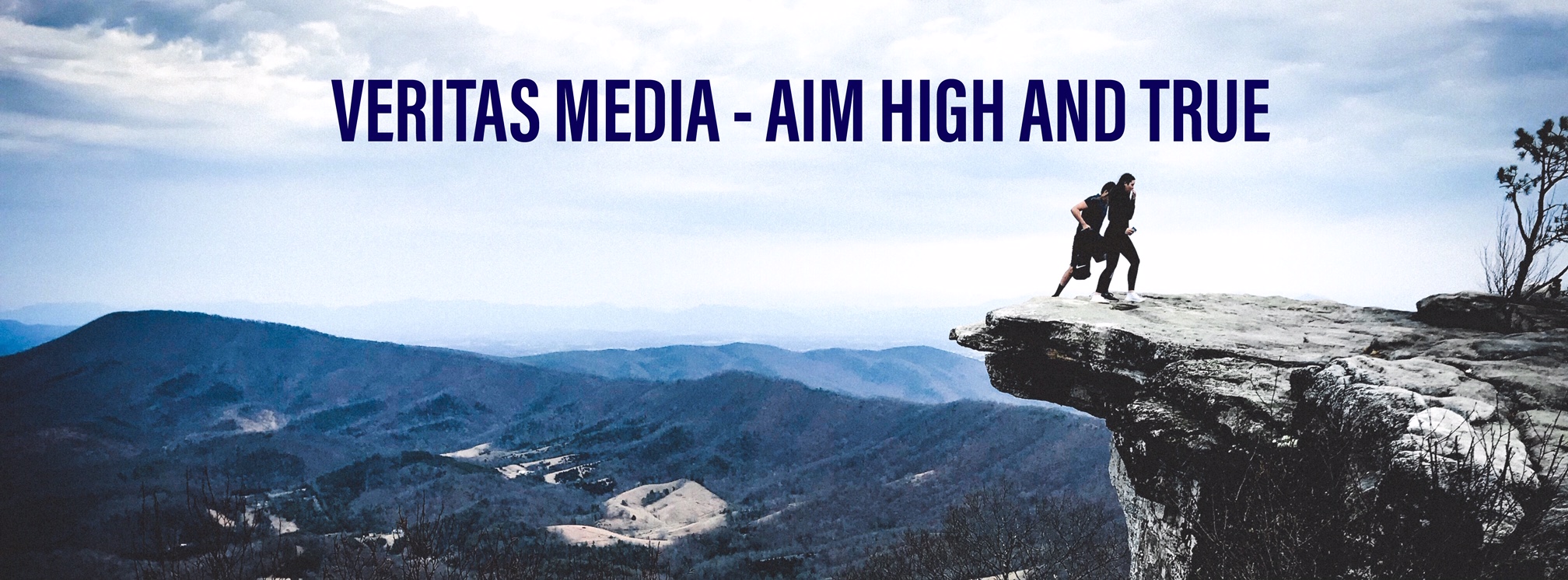In 2008 the fun of a fair in South Florida turned into a nightmare when a mother fractured her ribs and clavicle when the kiddie ride she was on with her son turned over and landed on top of her.
She is not the only victim of a fun fair or an amusement park.
The website rideaccidents.com, that describes itself as the world’s most comprehensive database on these accidents, contains details of numerous horrendous mishaps at fair grounds and fun fairs, some of which have ended up claiming the lives of those who took the rides.
In Feb. 2012, at Hopi Hari theme park in São Paulo, Brazil, a 14-year-old girl died after falling 80-90 feet from a drop tower named “La Tour Eiffel.”
It was a horrifying accident. The drop tower features cars that are pulled slowly up to the top of a 224-foot tall tower and then dropped 129 feet in a matter of seconds, reaching speeds of near 60 miles per hour.
Similar drop towers are found at amusement parks across the United States. The website reported that a 12-year-old boy was killed after he fell from a drop tower in 1999 at Paramount’s Great America theme park in Santa Clara, California. The cause of that accident was never discovered.
In another accident human error was clearly to blame. In Nov. 2011, at the State Fair of Louisiana, a 4-year-old boy suffered serious injuries when a ride suddenly started as the ride operator unloaded passengers.
Reports suggested the ride operator left the control panel active, with its key engaged. As he helped children exit the ride, a child standing in line to board the ride pressed the start button on the control panel and the ride began to move, trapping the child underneath a car.
In August 2011, one of the deadliest fairground accidents in recent decades occurred when a carnival ride broke apart in Villacañas, Spain, sending a row of passenger seats flying across the fairground, killing three men and seriously injuring a girl.
The equipment had passed inspections according to reports, but clearly somebody was to blame because a major mechanical breakdown has occurred when equipment breaks apart in this manner.
In other cases liability can be less clear. In 2011, Abiah Jones, 11, was on a trip for honor-roll students when she plunged 150 feet from the Giant Wheel at Morey’s Mariner’s Landing Pier in Wildwood, New Jersey.
The girl’s parents filed a lawsuit against the ride’s operator. Although investigators could not discover how the girl got out of the gondola, her parents said the Ferris wheel should have had more restraints.
After the accident New Jersey’s supervisor of enforcement, Michael D. Triplett, issued a letter to operators of Ferris wheels with open compartments, saying the state is establishing a minimum height requirement of 54 inches for children going on rides without a parent or guardian, as well as recommending the minimum of two riders, ABC news reported.
According to a 2010 report from the National Safety Council, the estimated number of injuries on fixed-site rides nationwide was 1,086, or 0.6 per million patron rides.
There’s a perception that the top tier amusement parks in central Florida, have safety standards that are as high as their admission prices.
But an investigation by the Orlando Sentinel in 2009 questioned amusement park safety. The newspaper found almost 500 suits had been filed against the parks between 2004 and 2008, and 101 of them dealt with rides or attractions.
The others related to “everything from food poisoning to scratches from a wayward vulture during a trained-bird show,” the Sentinel reported.
But riders are probably safer at places such as Universal and SeaWorld than anywhere else.
“They have to have a safe environment or they’re going to face a lawsuit,” Michael Spellman, a Tallahassee attorney who specializes in the Americans with Disabilities Act, told the Sentinel.

